EZH2 noncanonically binds cMyc and p300 through a cryptic transactivation domain to mediate gene activation and promote oncogenesis
- PMID: 35210568
- PMCID: PMC9710513
- DOI: 10.1038/s41556-022-00850-x
EZH2 noncanonically binds cMyc and p300 through a cryptic transactivation domain to mediate gene activation and promote oncogenesis
Abstract
Canonically, EZH2 serves as the catalytic subunit of PRC2, which mediates H3K27me3 deposition and transcriptional repression. Here, we report that in acute leukaemias, EZH2 has additional noncanonical functions by binding cMyc at non-PRC2 targets and uses a hidden transactivation domain (TAD) for (co)activator recruitment and gene activation. Both canonical (EZH2-PRC2) and noncanonical (EZH2-TAD-cMyc-coactivators) activities of EZH2 promote oncogenesis, which explains the slow and ineffective antitumour effect of inhibitors of the catalytic function of EZH2. To suppress the multifaceted activities of EZH2, we used proteolysis-targeting chimera (PROTAC) to develop a degrader, MS177, which achieved effective, on-target depletion of EZH2 and interacting partners (that is, both canonical EZH2-PRC2 and noncanonical EZH2-cMyc complexes). Compared with inhibitors of the enzymatic function of EZH2, MS177 is fast-acting and more potent in suppressing cancer growth. This study reveals noncanonical oncogenic roles of EZH2, reports a PROTAC for targeting the multifaceted tumorigenic functions of EZH2 and presents an attractive strategy for treating EZH2-dependent cancers.
© 2022. The Author(s), under exclusive licence to Springer Nature Limited.
Conflict of interest statement
Competing interests
Icahn School of Medicine at Mount Sinai filed a patent application (WO 2018/081530 A1) covering EZH2 degraders that lists J.J. and A.M. as inventors. The Jin laboratory received research funds from Celgene Corporation, Levo Therapeutics, Cullgen, Inc. and Cullinan Oncology. J.J. is a cofounder, scientific advisory board member and equity shareholder in Cullgen Inc. and a consultant for Cullgen Inc., EpiCypher Inc., and Accent Therapeutics Inc. The remaining authors declare no competing interests.
Figures
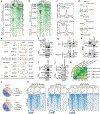
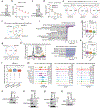
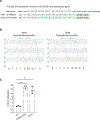
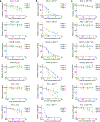
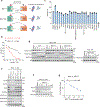
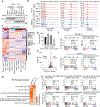
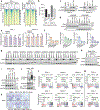
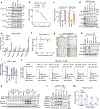

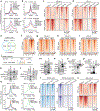
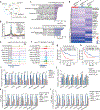
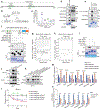
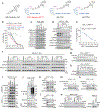
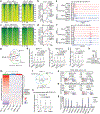
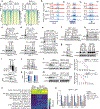
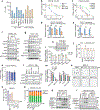

References
-
- Wang X et al. Clinical and prognostic relevance of EZH2 in breast cancer: A meta-analysis. Biomed Pharmacother 75, 218–225 (2015). - PubMed
References used for supplementary materials:
Publication types
MeSH terms
Substances
Grants and funding
LinkOut - more resources
Full Text Sources
Medical
Molecular Biology Databases
Research Materials
Miscellaneous

